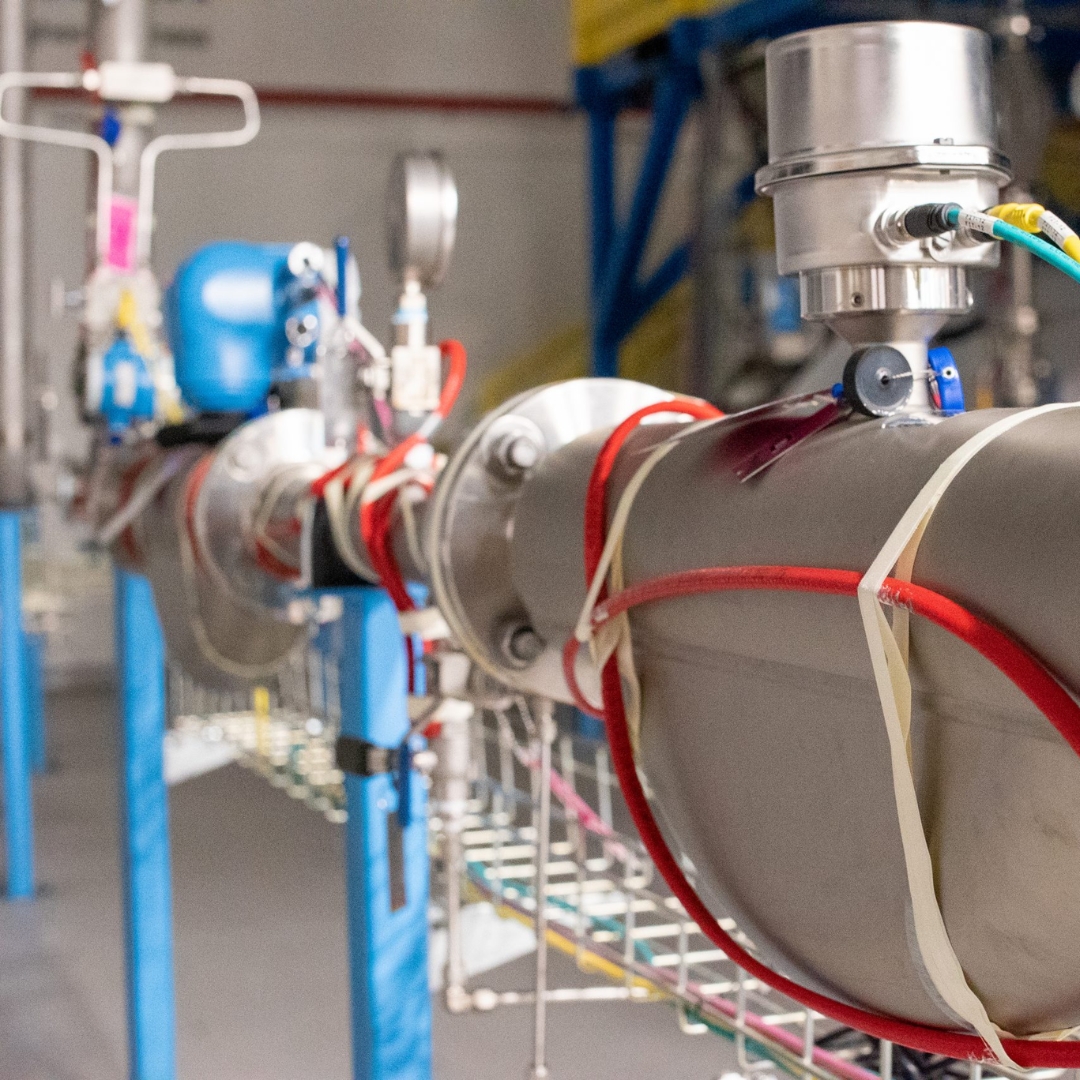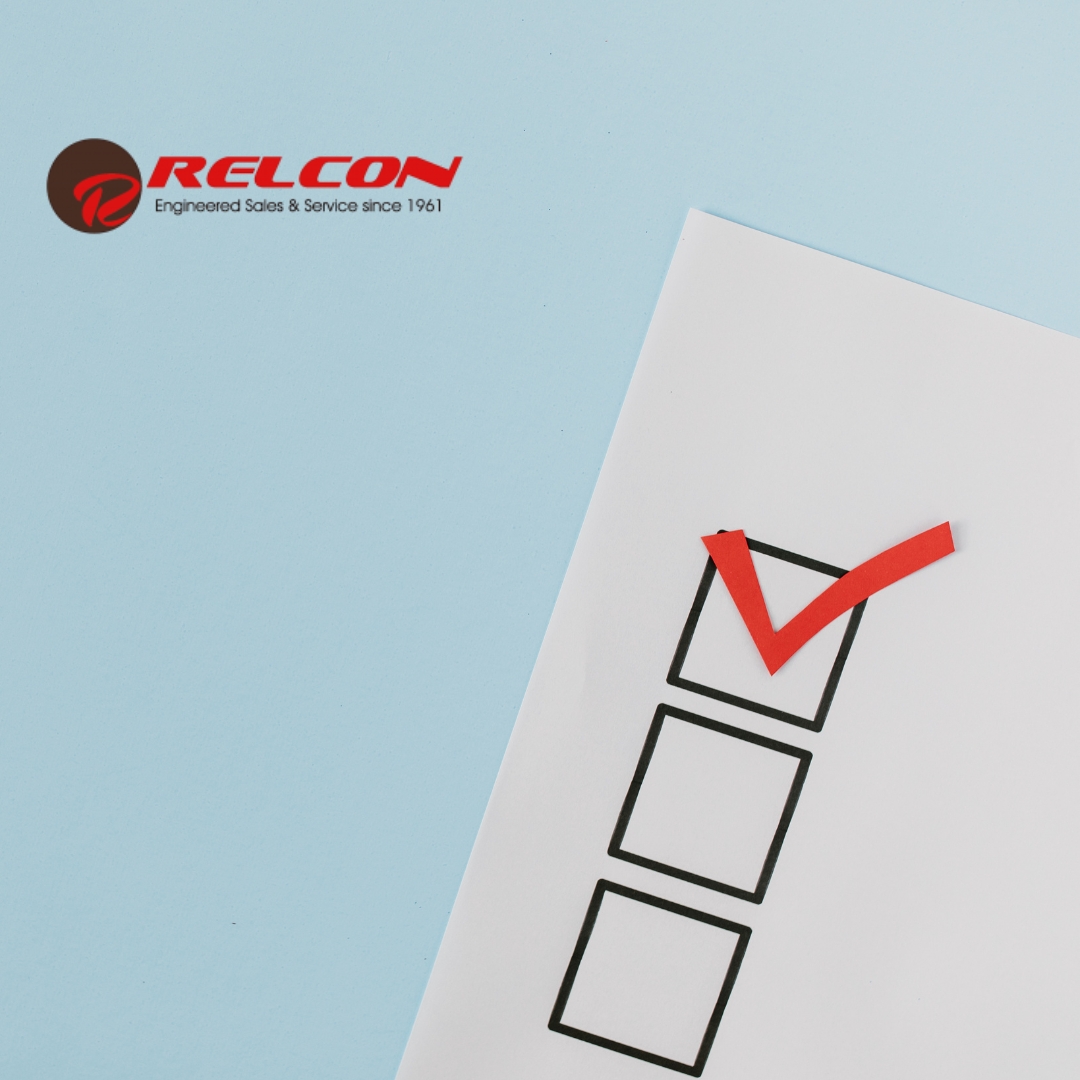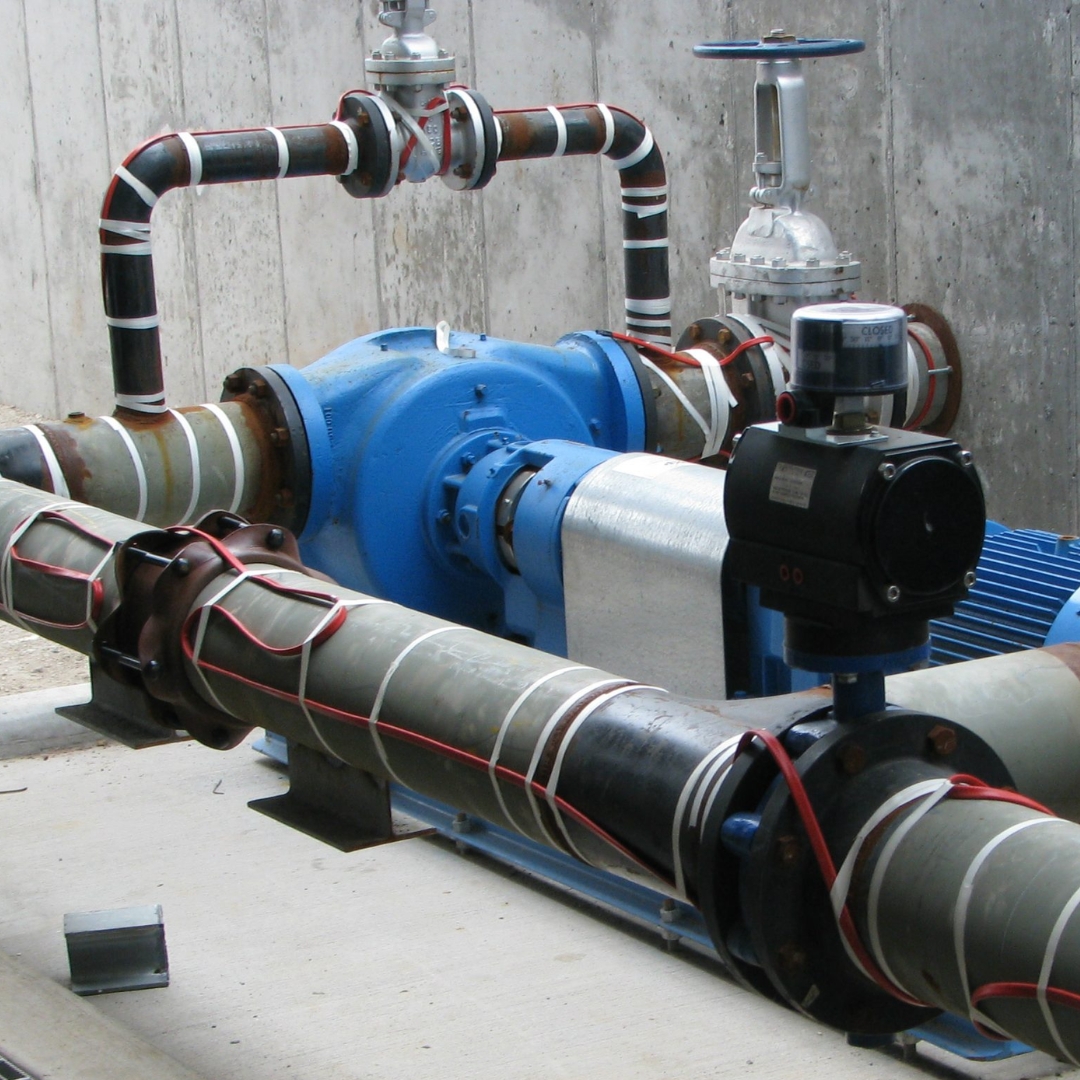Data centers are the backbone of today’s digital world, powering everything from cloud services and e-commerce to financial systems and communications. With massive demand on uptime, efficiency, and reliability, these facilities can’t afford operational interruptions.
At RELCON, we’ve been helping industrial, commercial, and utility facilities protect their infrastructure for over 60 years. Data centers are no exception. Our engineered solutions enhance reliability, efficiency, and compliance—helping you avoid costly downtime and keep your critical operations running smoothly.
The Unique Challenges of Data Centers
Unlike many facilities, data centers require constant environmental control and fail-safe systems. The demands are immense:
- 24/7 uptime expectations – Even brief interruptions can result in major financial and reputational losses.
- Precise temperature control – IT equipment generates significant heat and requires stable cooling systems.
- Redundancy and risk mitigation – Facilities must build in safeguards against system failures, leaks, and power disruptions.
- Energy efficiency pressures – Rising energy costs and sustainability goals push operators to optimize their systems.
Meeting these challenges requires expertise that goes beyond basic equipment installs—it requires engineered solutions designed for mission-critical reliability.
How RELCON Supports Data Centers
Temperature Control and Heat Tracing
For data centers, maintaining consistent environmental conditions isn’t optional—it’s mission-critical. Server rooms and network equipment produce intense heat, while outdoor and rooftop piping systems face freezing risks during colder months. A single failure in your cooling infrastructure can lead to catastrophic downtime and lost revenue.
RELCON designs and implements precision heat tracing systems that ensure critical fluids in cooling loops, fire suppression systems, and backup equipment lines remain at optimal temperatures year-round. We evaluate insulation, cable selection, and control systems to create a tailored solution that meets the unique needs of data center operations, offering both freeze protection and energy efficiency.
Leak Detection Systems – TraceTek
Water or chemical leaks in a data center can be catastrophic, causing damage that ripples far beyond hardware replacement costs. Even a small leak can interrupt cooling systems, compromise electrical equipment, and lead to unplanned downtime that impacts customer trust and revenue. Relying solely on reactive maintenance is risky—early detection is essential to protecting your mission-critical environment.
That’s why Relcon integrates Raychem TraceTek Leak Detection Sensors, Probes, and Instruments into our engineered solutions. TraceTek systems are designed to provide continuous, real-time monitoring for water, fuels, and chemical leaks, delivering pinpoint accuracy and instant alerts to facility teams. These intelligent sensors can be installed under raised floors, around cooling systems, along piping, or anywhere a leak would pose a risk—ensuring your data center’s sensitive equipment stays protected.
Relcon’s team not only installs TraceTek systems but also provides expert calibration and compliance services so that your leak detection infrastructure meets strict data center standards. With TraceTek’s advanced technology combined with our engineering expertise, even small leaks are caught early—before they become expensive emergencies.
Power Distribution and Instrumentation
Data centers rely on redundant, stable power sources to meet 24/7 uptime demands. Even minor power irregularities can interrupt services and lead to equipment failures.
RELCON offers specialty wiring, power distribution systems, and instrumentation solutions designed for mission-critical applications. From advanced monitoring equipment that tracks power quality to precision-engineered wiring systems, we ensure that your facility’s electrical backbone is both robust and compliant with strict data center industry regulations.
System Audits and Optimization
RELCON’s comprehensive system audits go beyond routine inspections. We evaluate your entire operation for vulnerabilities, recommend actionable improvements, and provide detailed reporting to guide facility managers. By identifying inefficiencies early, we help reduce operating costs, extend equipment lifespan, and minimize the risk of downtime—delivering measurable ROI for every client.
Why Partner with RELCON?
- Decades of expertise – With over 60 years serving industrial, commercial, and utility facilities, RELCON brings unmatched knowledge to every project. Our team has seen the evolution of data center infrastructure, from early colocation facilities to today’s hyperscale environments. That perspective allows us to anticipate challenges, recommend best practices, and engineer solutions that last.
- Turnkey capabilities – From design and installation to training, audits, and troubleshooting, we handle the full lifecycle of your system—no third party needed.
- Trusted service – As a family-owned company, we stand behind our products and maintain long-term customer relationships built on trust.
- Proven solutions – Our reputation is built on reliability. Every solution we deliver is tested, compliant, and tailored to your exact specifications. Whether we’re implementing leak detection for a hyperscale facility or auditing a regional data center’s thermal systems, our goal is the same: keep your critical operations running with zero surprises.
Final Thoughts
Data centers can’t afford downtime. By partnering with RELCON, you gain an experienced team that understands the unique demands of your industry and provides engineered solutions that protect your facility, equipment, and operations.
Ready to safeguard your data center? Contact us today to discuss your needs or schedule a facility assessment.




